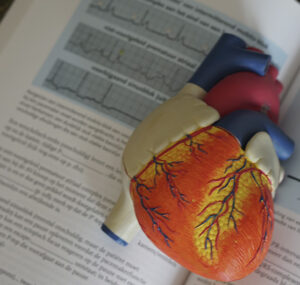Pain Management
The concept of pain and its management was not at all a priority till the recent past. Pain was just a part of some pathological conditions or trauma. But after the development of medicine and research evidences pain is no more a less important aspect. The new concept is to consider pain as the fifth vital sign. Knowing and documenting the level and intensity of pain in a patient is helpful for the healthcare providers to detect any signs of abnormality or deterioration at the earliest and thereby treat it to attain the patient safety and comfort to the fullest.
WHO defines Pain as “An unpleasant sensory or emotional experience associated with actual or potential tissue damage, or described in terms of such damage.”
Pain can present itself at any part of the body and the etiology will not be the same, so does the type of pain. It can be sharp , dull, severe or mild. But whatever may the type or intensity, it will always be a discomfort to anyone.
Classifications of Pain
There are five broad classifications of pain on the basis of the origin of pain. They are:-
- Nociceptive Pain
The type of pain perceived as a result of a stimuli to the peripheral nerve fibres.
Eg: Mechanical Crush Injury, Burn etc.
- Neuropathic Pain
Due to the pathological conditions of the nerve tissues or nervous system.
Eg: Burning , tingling or pins and needle sensation especially in chronic Diabetes Mellitus, Phantom pain etc.
- Psychogenic Pain
It is otherwise called Psychalgia or Somatoform pain. Usually caused by mental stress, behavioral or psychotic factors; this kind of pain is usually associated with people with personality disorders or unstable emotional status. This kind of pain is usually not well treated as it is misinterpreted as just expressions of insanity.
Eg: Headache, Migraine etc.
- Breakthrough Pain
This kind of pain is usually presented in cancer patients where the pain management is usually difficult with pain medications or analgesic agents.
- Incident Pain
Usually occurred during stretching of an arthritic joint or a movement of a body part.
Assessment
Assessment of pain is done with two criteria:-
- Subjective assessment with different pain assessment tools and verbal data
Eg: Wong’s Baker Pain scale, Visual Analogue Scale, Universal Pain assessment tool etc - Objective assessment with different signs like grimace, heart rate etc
Management
The management of pain is compared to “tailor-making a suit” because as pain is more of a subjective feeling than of the objective interpretation part, where the management is to be customized for each person according to their pain tolerance & threshold levels. The biggest problem or inhibitor to be faced in pain management is when the patient does not report or improperly report the pain he is having.

WHO Analgesic Ladder
The best pain management strategy is done by using the WHO Analgesic ladder. Earlier this strategy was used only for treating cancer pain but now it is been used worldwide in all specialties.
The new world healthcare providers especially the Nurses and Doctors have to turn their heads to better pain management so as to maintain the quality of patient care and thus rising up to global practitioners.





